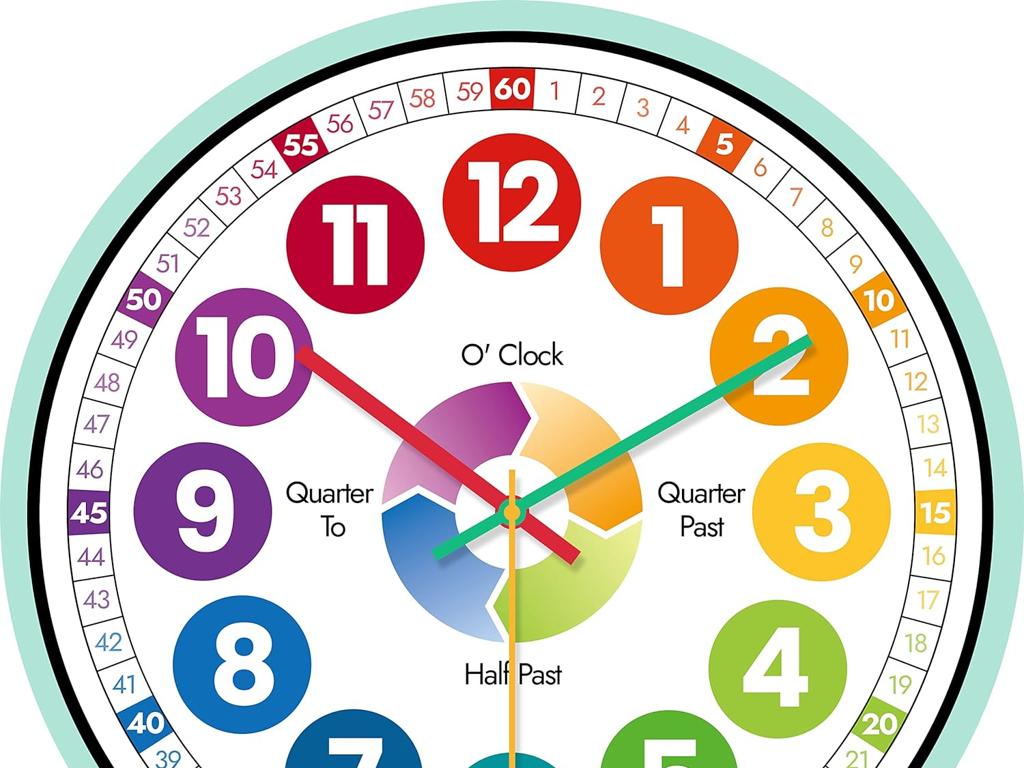Count On Ten Frames - Up To 20
Subject: Math
Grade: Pre-k
Topic: Numbers And Counting To 20
Please LOG IN to download the presentation. Access is available to registered users only.
View More Content
Welcome to Numbers: Counting with Ten Frames
– Greetings, little mathematicians!
– Learn to count using ten frames
– Ten frames are tools with 10 spaces to fill with objects
– Counting shows quantity
– Knowing ‘how many’ helps in everyday life
– Ten frames help visualize numbers
– Place items in ten frames to ‘see’ the number
|
This slide introduces Pre-K students to the concept of counting using ten frames, which are visual tools that help children understand and visualize numbers up to 20. Start by greeting the students warmly to create an inviting learning environment. Explain that ten frames are like game boards with 10 spaces where we can place counters to count up to 10, and then up to 20 by using two frames. Emphasize that counting is useful for determining the quantity of items and is a skill used in many daily activities. Encourage the children to think about situations where they count things, like toys or snacks. During the lesson, use physical ten frames and counters to demonstrate how to count and ensure that each child has the opportunity to practice with their own ten frame.
Understanding Ten Frames
– Ten frames as counting tools
– A ten frame helps us count and see numbers.
– Ten frames have 10 spaces
– It’s like a rectangle divided into 10 smaller rectangles.
– Fill spaces to represent numbers
– We can use counters like buttons or beads to show a number.
– Visualize numbers up to 10
– It’s a way to see how many without counting each time.
|
Introduce the concept of a ten frame as a simple, yet powerful visual tool to help young learners understand the basics of counting and number recognition. Explain that a ten frame is a rectangle split into 10 equal sections where objects can be placed to represent numbers. Demonstrate how to fill the ten frame with items such as counters, stickers, or drawings, starting from the left and moving to the right, to visually represent numbers up to 10. Emphasize that this method helps children quickly recognize numbers without the need to count each object individually, which is a foundational skill in developing number sense.
Counting with Ten Frames
– Use counters on ten frames
– Fill ten frames with toys or stickers
– Each space equals one number
– Understand that one toy equals one count
– Count as we fill the frame
– Say numbers aloud from 1 to 20
– Practice counting up to 20
– Use two ten frames to reach 20
|
This slide introduces the concept of using ten frames to count up to 20, which is a foundational math skill for Pre-K students. Teachers should demonstrate how to place counters, such as small toys or stickers, in each box of the ten frame, emphasizing that each counter represents one unit. As the frame is filled, the class should count together aloud. This interactive activity helps students visualize numbers and understand the concept of counting in a tangible way. To extend to 20, introduce a second ten frame and continue the counting process. Encourage students to participate and practice with their own ten frames and counters. This hands-on experience is crucial for their understanding of numbers and counting.
Counting Beyond 10 with Ten Frames
– Counting past 10: how to do it?
– Use two ten frames for numbers up to 20
– Ten frames are tools that help us see numbers visually
– Fill one ten frame before the next
– After 10, we continue counting on the next ten frame
– Practice counting to 20 with ten frames
– Let’s fill in the frames together and count as we go
|
This slide introduces the concept of counting beyond 10 using ten frames, which is a foundational skill in early math education. The goal is to help students understand that once they reach the number 10, they can continue counting by starting on a new ten frame. This visual representation helps them grasp the concept of place value and base-ten counting. For the activity, provide students with physical or printed ten frames and counters. Encourage them to fill one frame completely before moving on to the second frame. As they place each counter, they should count aloud. This exercise will reinforce their counting skills and help them visualize numbers 11 through 20. Offer guidance and ensure each student is comfortable with the process before moving on.
Let’s Practice Counting with Ten Frames!
– It’s your turn to count
– Counting together with ten frames
– Ten frames help us see numbers visually
– Fill in the ten frame for numbers
– Use counters to represent numbers up to 20
– Show the number I say on the frame
– If I say ‘5’, place 5 counters on the ten frame
|
This slide is designed for an interactive class activity where students will practice counting with ten frames. Ten frames are a visual tool that helps children understand the concept of numbers up to 20. Encourage the students to use physical counters or drawings to fill in the ten frames as you call out different numbers. This hands-on activity will help them visualize and reinforce their counting skills. Prepare to assist students who may struggle and have additional activities ready for those who grasp the concept quickly, such as asking them to represent the number that comes before or after the one you call out.
Counting to 20 with Ten Frames
– Counting to 20 is fun!
– Use ten frames and counters
– Ten frames help us count by showing a visual pattern
– Full ten frame equals 10
– When all squares are covered, that’s 10!
– Add more to reach 20
– Start a new frame to count 11-20
|
This slide introduces the concept of using ten frames to count to 20, a foundational math skill for Pre-K students. Ten frames are a visual tool that helps children understand numbers and counting by grouping them into tens and ones. Start by explaining that each ten frame has 10 spaces and can be filled with counters like blocks or coins. When one ten frame is full, it represents the number 10. Then, to count beyond 10, we start filling the second ten frame until all spaces are filled, reaching the number 20. During the activity, encourage students to physically place counters on the ten frames as they count, reinforcing their understanding of the number system and the concept of base ten. This hands-on experience is crucial for their cognitive development in math.
Ten Frame Fun: Activity Time!
– Each student receives a ten frame
– Use counters to fill the frames
– Place a counter in each box to count
– Listen for a number to show
– Display the number on your ten frame
– If I say ‘5’, put 5 counters on your frame
|
This slide introduces a hands-on class activity involving ten frames, which are tools used to teach counting and number patterns up to 20. Each child will receive a ten frame and a set of counters. The teacher will call out a number, and the students will place the corresponding number of counters on their ten frames. This activity helps students visualize numbers and understand the concept of counting by ones and tens. It also aids in recognizing number patterns and sets the foundation for addition and subtraction. Possible variations of the activity include asking students to fill in a certain number of counters and then determine how many more are needed to make 10 or 20, or having students work in pairs to quiz each other.
Counting Mastery with Ten Frames!
– Celebrate counting up to 20
– Understanding ten frames
– Ten frames help visualize numbers
– Daily practice is key
– Practice with ten frames daily
– Keep counting and have fun!
|
Congratulations to the class for learning to count up to 20 using ten frames! This slide is to celebrate the students’ achievement and to reinforce the concept of ten frames as a visual tool for understanding numbers and counting. Encourage the students to continue practicing daily, as repetition is crucial for mastering counting skills. Suggest fun counting activities that they can do at home, like counting toys, steps, or even snacks. Remind them that learning is a continuous journey, and the more they count, the better they’ll get at it. This positive reinforcement will help build their confidence in their counting abilities.






